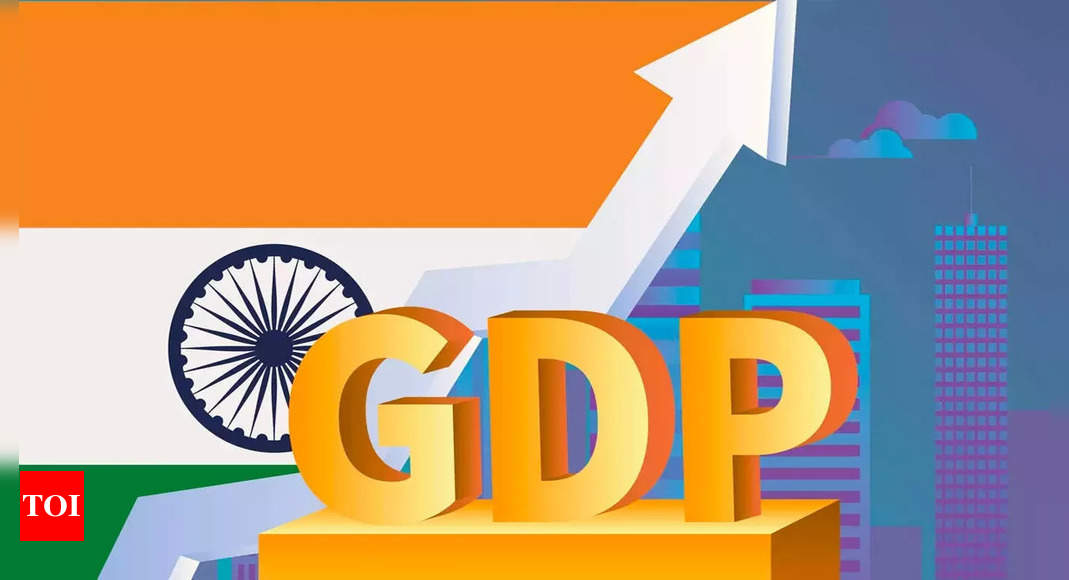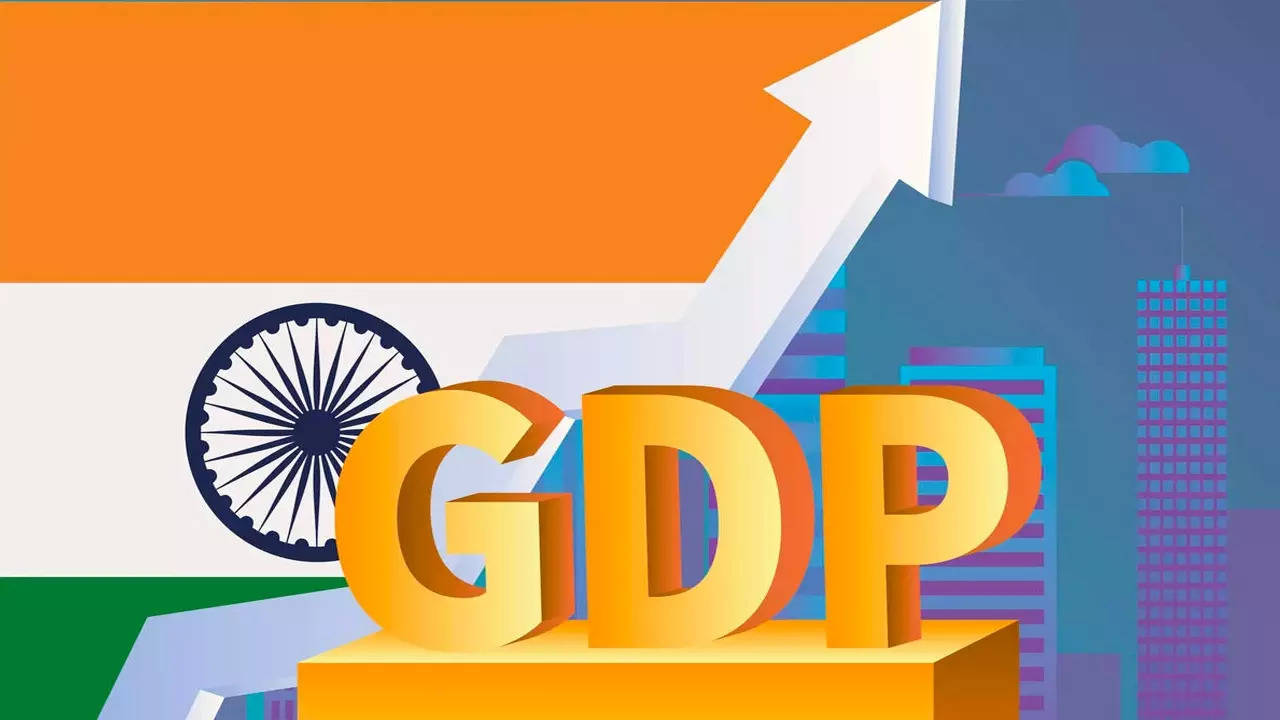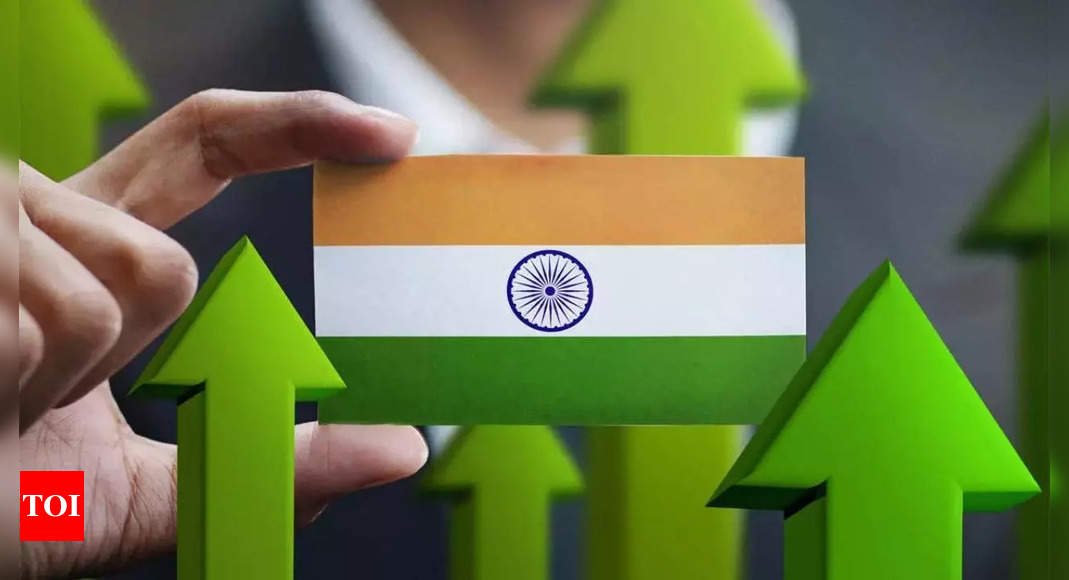Indian Economy: $5 trillion dream to be realised soon? India to achieve this milestone early in Amrit Kaal, says FinMin | India Business News
India is on track to become a $5 trillion economy in the near future, marking a significant step towards its goal of becoming an advanced economy by 2047, according to Minister of State for Finance Pankaj Chaudhary. The International Monetary Fund (IMF) has projected that India will achieve this milestone and have the third largest GDP by 2027-28. “India will become a $5 trillion economy early in the ‘Amrit Kaal’ on the path to achieve the goal of becoming an advanced economy by 2047,” Chaudhary said.
According to a PTI report citing a Lok Sabha reply, Chaudhary stated that the strong rupee, which will result from macroeconomic stability, will play a crucial role in the Indian economy crossing the $5 trillion GDP mark.He emphasized the government’s commitment to becoming an advanced economy by 2047 and achieving the $5 trillion economy milestone during the Amrit Kaal, or auspicious period.
As of the end of 2022-23, India’s GDP stood at $3.7 trillion. In 1980-81, the size of the Indian economy was $189 billion, which increased to $326 billion in a decade. By 2000-01, the GDP had risen to $476 billion. Subsequently, in 2010-11, India’s GDP jumped to $1.71 trillion, and further increased to $2.67 trillion in 2020-21.Chaudhary highlighted the importance of the exchange rate in determining India’s GDP size on a global scale. He emphasized that India is a market economy and the government monitors economic progress through market-determined GDP and exchange rate. Both domestic and international markets play a significant role in determining India’s GDP, exchange rate, and the contribution of various sectors to the GDP.
The contribution of agriculture, industry, and services to the nominal GDP in 2022-23 stood at 18.4%, 28.3%, and 53.3% respectively. Chaudhary also mentioned that the government plays a vital role in promoting economic progress through policy interventions and measures announced in annual budgets.
According to a PTI report citing a Lok Sabha reply, Chaudhary stated that the strong rupee, which will result from macroeconomic stability, will play a crucial role in the Indian economy crossing the $5 trillion GDP mark.He emphasized the government’s commitment to becoming an advanced economy by 2047 and achieving the $5 trillion economy milestone during the Amrit Kaal, or auspicious period.
As of the end of 2022-23, India’s GDP stood at $3.7 trillion. In 1980-81, the size of the Indian economy was $189 billion, which increased to $326 billion in a decade. By 2000-01, the GDP had risen to $476 billion. Subsequently, in 2010-11, India’s GDP jumped to $1.71 trillion, and further increased to $2.67 trillion in 2020-21.Chaudhary highlighted the importance of the exchange rate in determining India’s GDP size on a global scale. He emphasized that India is a market economy and the government monitors economic progress through market-determined GDP and exchange rate. Both domestic and international markets play a significant role in determining India’s GDP, exchange rate, and the contribution of various sectors to the GDP.
The contribution of agriculture, industry, and services to the nominal GDP in 2022-23 stood at 18.4%, 28.3%, and 53.3% respectively. Chaudhary also mentioned that the government plays a vital role in promoting economic progress through policy interventions and measures announced in annual budgets.
He highlighted some of the government initiatives over the last 9 years to increase the GDP. These include the implementation of the Insolvency and Bankruptcy Code, recapitalization of public sector banks, rollout of the Goods and Services Tax (GST), reduction in corporate tax, boost in effective capital expenditure, introduction of the Production Linked Incentive (PLI) scheme in 14 sectors, continuous liberalization of the Foreign Direct Investment (FDI) regime, and the development of digital infrastructure.






